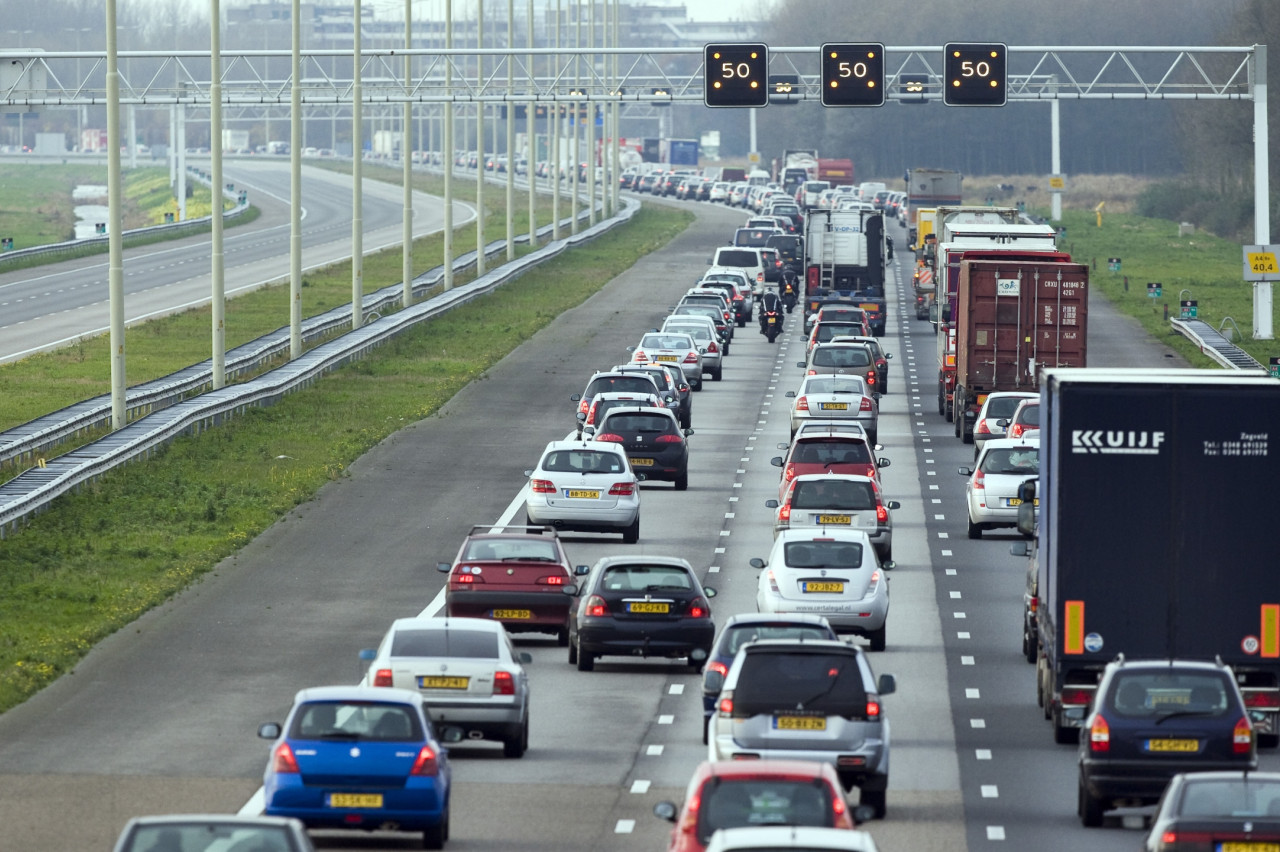The Dutch government is closing one gap with another in the field of mobility and infrastructure, according to the Mobility Alliance. In a letter to the parties that are now conducting formation talks, the organization writes: “This can no longer be the case. The infrastructure budget has been squeezed over the past decade. […]. Structural and real-life problems require a structural contribution.”

Mobility is explicitly on the formation table, but the scenario threatens that the negotiators at the formation table only come up with one-off pots instead of structural investments, the Mobility Alliance fears. Twenty-five mobility parties are united in the partnership, such as the Rai Association, the ANWB and the Bovag. According to the alliance, the budget for mobility and accessibility as a percentage of GDP has fallen sharply in recent years. And that while within now and 2030 about 1 million homes will be added and by 2040 more than 1.5 million Dutch people.
Government is billions short of maintaining infrastructure
The Ministry of Infrastructure and Water Management is short of 1 billion euros annually to maintain the existing infrastructure. In addition, investments in the infrastructure of the future will also require an additional 3 billion euros per year until 2040, according to the Mobility Alliance. “We were always busy closing one gap with the other”, writes chairman Steven van Eijck. “It won’t be long before this breaks us down. We experience every day what effect the closure of the Haringvliet bridge has on society. If we don’t act now, these kinds of scenes will occur more often. On the road, on the railway , in public transport and on the bicycle path.”
Mobility needs are still increasing, despite more working from home
The alliance refers to the recent Integral Mobility Analysis by the Ministry of Infrastructure and Water Management, which shows that the need for mobility and the number of trips, despite more working from home, will increase by tens of percent in the coming decades. “In addition to the management and maintenance tasks, the infrastructure bottlenecks must therefore also be resolved in order to be able to cope with this growth,” says Van Eijck. Randstad and within urban areas.”